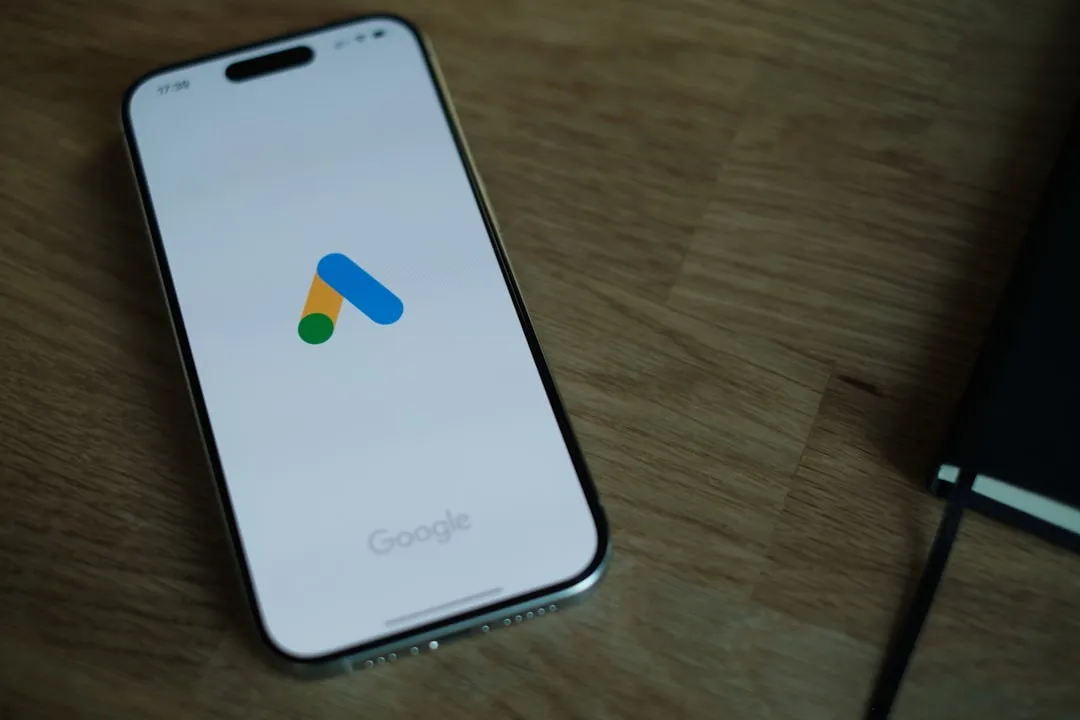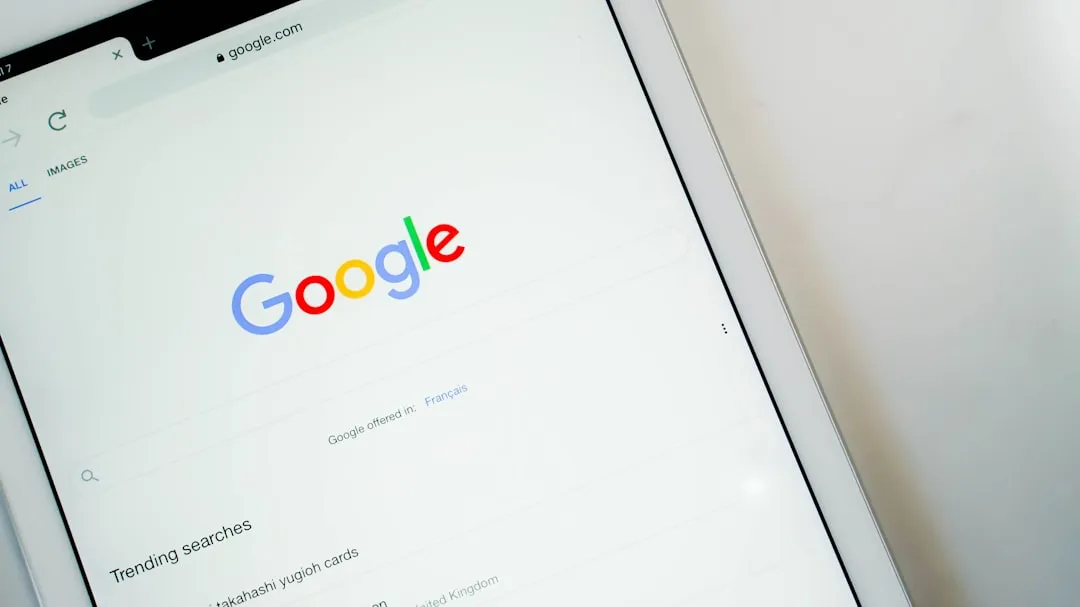After delaying its launch by four months, LG revealed its 2018 entry to the flagship market on Wednesday, May 2. After years of an underperforming mobile division, the LG G7 ThinQ is the first product since a shakeup within the division to get things back on track, and it brings a number of upgrades over its G6 predecessor.
Rumor has it that LG delayed the G7 ThinQ's Mobile World Congress announcement after CEO Jo Seong-jin sent the phone back to the drawing board. While LG did offer a rebuttal to this leak, they didn't outright refute it, and the delay is still telling. While its revision is as monumental as we believed, the changes should help it better compete with other flagship Android phones if marketed well enough.
The LG G7 ThinQ's Specs
- OS: Android 8.0 Oreo
- skin: LG UX 6.0
- display: 6.1-inch QHD+ FullVision Super Bright Display, IPS LCD
- display notch: yes
- resolution: 3120 x 1440 / 556 ppi
- display brightness: up to 1,000 nits
- aspect ratio: 19.5:9
- CPU: Qualcomm Snapdragon 845 (@ 2.8 GHz)
- GPU: Adreno 630
- RAM: 4 GB or 6 GB, UFS 2.1
- storage: 64 GB or 128 GB
- expandable storage: up to 2 TB
- rear cameras: 16 MP Sony IMX351 w/ OIS and 16 MP Sony IMX 351
- rear cameras' apertures: f/1.6 (107º) and f/1.9 (71º)
- front camera: 8 MP
- front camera apeture: f/1.9 (80º)
- battery: 3,000 mAh (11.55 Wh)
- speakers: "Boombox Speakers"
- headphone jack: yes
- water resistance: IP68
- wireless charging: yes
- fast charging: QuickCharge 4.0
- Bluetooth: 5.0 LE
- size: 153.2 x 71.9 x 7.9 mm
- weight: 162 g
- FM radio: yes
6.1-Inch FullVision Super Bright Display with 1,000 Nits
Avoiding the negative press of using its POLED panel again, the LG G7 ThinQ's display will stick with an LCD panel enhanced with its technology known as Super Bright Display. This panel is a variation of IPS LCD and will come with improvements that should remove the automatic disappointment when a flagship uses anything but an AMOLED display. Check out the link below for everything we know about the new display.
Qualcomm Snapdragon 845 + Adreno 630
Just like almost every company releasing a flagship Android device in 2018 (except Huawei), LG's G7's core is the Qualcomm Snapdragon 845. The latest system-on-chip (SoC) from Qualcomm is an eight-core monster with four cores running at 2.8 GHz and the remaining four running at 1.77 GHz. Using this setup, the SoC balances power with efficiency, handling whatever task sent its way.
Additionally, for our mobile gamers, the G7 comes with an Adreno 630 GPU, great for all the latest games including PUBG mobile and Fortnite (when it eventually comes to Android).
- Don't Miss: Gaming Guides for Android & iPhone Owners
Dual 16 MP Rear Cameras + 8 MP Front Camera
The camera has also received an upgrade from last year's G6. The G7 ThinQ will use a 16 MP Sony IMX351 sensor for its primary lens, the same lens found in the LG V30. These lenses will have optical image stabilization (OIS), an aperture of f/1.6, and an angle of 70 degrees.
The second 16 MP rear camera will have the same image sensor, with a wide-angle lens (107 degrees) with an aperture of f/1.9. The front camera will be 8 MP with a 90-degree angle.
The G7 ThinQ will borrow a new camera mode from the V30S ThinQ called "Bright Mode," which combines four pixels into one big pixel (using pixel binning) to improve the quality of photos taken in low-light situations.
AI Cam
Like the LG V30S ThinQ (which was released earlier this year), the G7 takes up the new ThinQ branding — which indicates the use of AI (specifically machine learning) to enhance the phone's software features. Similar to the Huawei Mate 10 and Mate 10 Pro, LG has used the power of machine learning to improve the performance and usability of several features, namely the camera and voice assistant.
Known as AI Cam, the G7 ThinQ's camera is able to detect the objects, scenes, and people in the viewfinder and make suggestions for settings to take the best picture. Just like Huawei Mate 10, LG worked with EyeEm to "teach" the phone what scenes to recognize. The result is 18 different scenes it can understand.
When using this mode, you can see the phone "think" as it recognizes the things in the photo (it currently identifies 1,162 discrete objects). The name of the object will temporarily display on the viewfinder (known as QTags) which it uses to decipher the scene and recommend settings. All in all, this should improve the photos taken by many of us who still use auto mode to take pictures.
A Better Google Assisstant
The second major component of the ThinQ branding will be improvements to the voice assistant, known as Voice AI. Instead of creating their own assistant like Samsungs' Bixby, LG added exclusive Google Assistant commands to improve the experience. According to XDA, the G7 ThinQ will share many of the same commands as the V30S ThinQ for a total of 32.
LG is also really pushing its customers to use the Assistant. It is the first phone with a dedicated button to launch Google Assistant (which isn't remappable). On the left side of the phone, below the volume rocker, there's a hardware button to call the assistant. According to Engadget, the button offers three input modes: one click for voice input, press-and-hold to talk to Google Assistant (similarly to using a walkie-talkie), and double-click for visual recognition.
Additionally, the G7 ThinQ includes "Super Far-Field Voice Recognition." This feature uses the dual microphone to detect your voice up to 16 feet away, even in noisy areas.
A Hideable Display Notch
Known as the "New Second Screen" in Settings, LG G7 ThinQ is following the 2018 Android trend of including a display notch. Love it or hate it, this will probably be the determining factor for many potential customers on whether they should purchase this device.
Like the Huawei P20, LG does include customization options including the ability to hide the notch altogether similar to (Nacho Notch's implementation. However, LG does add the ability to change the color of the screen around the notch to add some flavor (although these don't hide it).
'Boombox' Speakers & Headphone Jack
Stereo speakers are making their way to the LG G7 ThinQ with something known as "Boombox Speakers," which uses resonance to amplify the sound. Because sound operates by vibration, LG is bouncing audio signals internally that will increase the sounds externally. LG also increased the size of the speaker unit by 39 percent. According to LG (via Engadget), this should translate to a 15- to 20-decibel improvement.
Standing on the lonely mountain, the G7 ThinQ will once again be one of the few phones to include a 3.5 mm headphone jack. And like it has in previous years, it will once again be enhancing via a Hi-Fi Quad DAC. The new DAC, the ESS Sabre ES9218, has four digital-to-analog audio converters which improve sound accuracy. According to LG, the new DAC offers clearer sound than its predecessor, while reducing distortions and ambient noise. The G7 will also support MQA format, the popular Hi-Fi audio file format used by Tidal to provide lossless audio as heard by the artist in the studio.
LG G7 ThinQ will also support DTS:X 3D Surround Sound, a first for smartphones. This feature recreates 3D surround sound audio in non-surround systems such as headphones. Your handheld movie watching experience should be a whole lot better with the G7 ThinQ as now you can enjoy 7.1 surround sound recreated in your headphones.
A Dedicated Home Button, IP68 Rating & Wireless Charging
Undoing the traditional setup of a fingerprint scanner doubling as a home button, the G7 ThinQ will finally separate this functionality. Citing fans' complaints about sensitive touches (which I completely agree with), the G7 ThinQ will be one of the first LG G series devices in years to have its home button along the right edge of the phone.
Like the V30, LG G7 ThinQ will include the IP68 rating and is MIL-STD 810G compliant. These ratings indicate this device will be durable, able to withstand most elements. Additionally, the glass back and wireless charging will return for those who can't live with it.
The battery life will be heavily dependent on the efficiency of the Qualcomm chipset, as the capacity will be a mere 3,000 mAh. For context, the LG V30 and G6 had a 3,300 mAh battery. It's a questionable move seeing how the thickness of the phones is same as its predecessor. However, since the G6 was using a 2016 chipset last year, expect a noticeable improvement in battery life over its predecessor. The phone also supports Quick Charge 3.0, for faster recharging times.
Price & Availability
LG didn't state the exact release date, limiting their response to only "in the coming days" for South Korea. US (along with Europe, South America, and Asia) should receive it shortly after. According to SlashGear, preorders for most US carriers will be around May 24 or 25, with an expected release of June 1. Hopefully, LG does a better job of delivering the device quickly, unlike the heavily delayed V30 which took about two months to reach US shores.
While Sprint, T-Mobile, Verizon, and US Cellular have all announced either specific (or relative) release date, AT&T has confirmed they won't carry the new device as they will be the only carrier for another LG device later this year. That said, customers can still opt to buy the unlocked G7 ThinQ and use it on AT&T's network.
According to AndroidHeadlines, the rumored AT&T device is the LG V35 ThinQ, the minor upgrade from last year's V30. It should drop this summer, so AT&T is trying to maximize its sales by forgoing a carrying a carrier-branded version of the G7 ThinQ.
LG didn't mention pricing for the new phone during their event on May 2, but according to SlashGear, the unlocked version should be in line with the G6 pricing from last year. Since the G6 debuted at $650, expect pricing to be around $700. The LG G7 ThinQ will come in the following colors: Aurora Black, Platinum Grey, Moroccan Blue, and Raspberry Rose.
With these specs, 2018 is shaping up to be a great year for LG customers. If you decided against jumping on the Samsung Galaxy S9, it might be worth checking out the LG G7 ThinQ. Depending on pricing, this could be formidable competitor offering great specs with little compromises. Let us know in the comments below if you are excited about LG's next offering.
- Follow Gadget Hacks on Facebook, Twitter, YouTube, and Flipboard
- Follow WonderHowTo on Facebook, Twitter, Pinterest, and Flipboard
Cover image via LG


































Comments
Be the first, drop a comment!